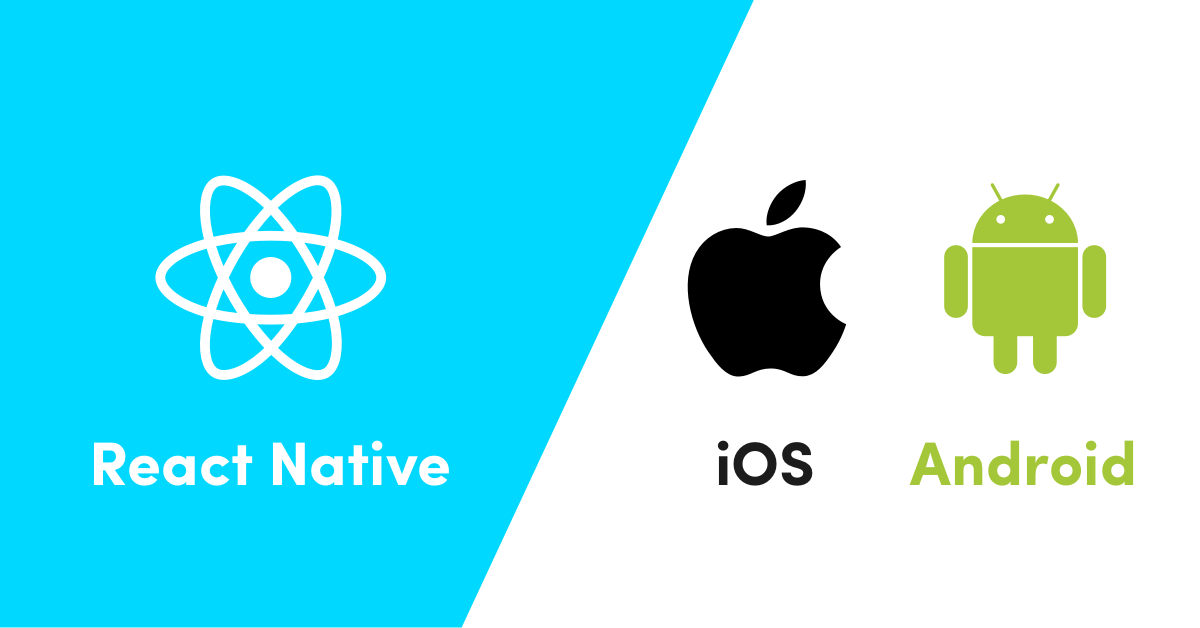Build a Self-Managed Tech Team
You can build a technology and innovation self-managed team to boost your organization.
What is a high-performing team in software engineering?
There are different several ways to define performance.
One way that makes a big difference is how much the team is dependent on its leader. When the leader makes all the decisions, it limits the team’s potential.
You can measure the effectiveness of leaders when they leave either for a short time or permanently. If team performance declines, it’s a sign that the leader didn’t create the conditions for the team to manage themselves.
Why do self-managed teams need a leader?
You can see the top-performing teams in the world, like sports teams, for example.
- What do they do?
- What are the conditions?
- What behaviors do they demonstrate?
Is the coach on the field during the game to make all the decisions? No, coaches do most of their work before and after the game. They give feedback, share insight, give advice, and prepare their players for the next game.
Inexperienced managers often have a desire to make all decisions, even those on the front lines. They get impatient, and take most of the decisions rather than see them learn from doing or coaching them to improve.
The role of leaders is to get the best performance out of the team.
And to make the vision and goals clear for all.

What is a self-managed team?
How a team makes decisions? Is the leader approving or making every decision? The role of the leader is to make employees think for themselves.
In a self-managed team, even the most junior employee is empowered to make a meaningful decision that affects the team’s performance.
When working with your team always ask these questions:
- Is the company/project vision clear?
- Are the company/project goals clear?
- Do you understand what we’re trying to accomplish and objectives?
Everybody has to think of these answers to be a winning team.
Set the common ground and start coaching from there.
In software, teams are very common an engineer comes to you and asks, “What should I do? How should this work? Is this the correct way to do it?” You can respond by asking back, “What’s the goal we’re trying to accomplish? Which direction do you think would serve the vision and our goals better?”
Managers often decide for the person because it’s faster. Then the same engineer goes and does what the boss suggested without taking the time to think why?
It is a far better option to make the engineers think through the vision, the goals, and the trade-offs. Once they’ve done it, they can tell what options are better and why.
The coach has to point out potential flaws in their reasoning. Maybe they made an inaccurate assumption, other data, or a different approach.
Managers must teach engineers how to think about complex matters.
Engineers should consider the vision, the goals, and the data, so they can decide on doing some analysis.
When your engineers do this, you can coach them to solve complex problems, instead of solving for them. At that point, a team member can grow.
How to develop a self-managed team?
Every challenge is a learning opportunity; don’t take them away from the team. Ideally, they should be making most of the front-line decisions.
But even after deciding for your team, you can sit down with them and explain the reasoning behind the decision.
It’s worth investing time into because if everybody on the team thinks and analyzes by themselves, they all can move faster.
How do you measure the performance of management?
A manager being overloaded with work may be a warning sign. Managers should delegate more responsibility to their team and let them own it autonomously.
Strategies for leaders to build self-managed teams
1. How often do engineers ask the leader to make decisions
Watch for these types of questioning:
- Can I do this?
- Should I do this?
- Am I allowed to do this?
- Do you approve this?
2. Do more coaching
Don’t make decisions for them, unless you have to. Instead try, when they come with questions, ask back, “What would you do in my place?” make them think through the problem. Or try explaining, that you want them to think for themselves, analyze and take decisions, to become a more complete professional.
3. Encourage the team to make decisions
Growth happens when somebody gives you an opportunity and trusts you to make it happen. You need space and support to deliver a goal.
A good manager can get results. A great manager can get results and grow their people, so they can do the same for others. Most people are open to and grateful for these opportunities. They see this helps them to grow.

Communicate purpose to become a self-managed team
Set a clear expectation for them to think for themselves and to make decisions. Ask them to think about it and make a proposal.
Always clarify the vision and the goals first.
Leaders are not the right people to make frontline decisions. They must help the individual collaborators to make the right decisions.
Help them make decisions, and coach the thinking process and reasoning.
Requisites to become a self-managed team
Be patient, building technical self-managed teams takes time. Managers need to observe each team member’s thinking process and select if they are fit to be self-managed.
Some people are not comfortable making decisions. They might be slowing the performance of the overall team.
Take the time to evaluate your team and make sure they’re capable before you expect them to work autonomously. You may have to replace some people, but building a team of leaders empowered to make good decisions makes a lot of difference.
The mindset of critical thinking and growth is required.
Whether it’s possible to turn your team into a self-managed team, depends mostly on the team members.
What should I do now?
If you are interested in hiring a self-managed tech team from Mexico, contact us for a free consultation.
Our engineers have deep knowledge of web development and cloud, with many success stories building e-commerce, marketplaces, mobile apps, fintech, payments, banking, and retail.
Learn Why Towa Managed Teams is the right fit for your company, book a 15-min call with us now.









